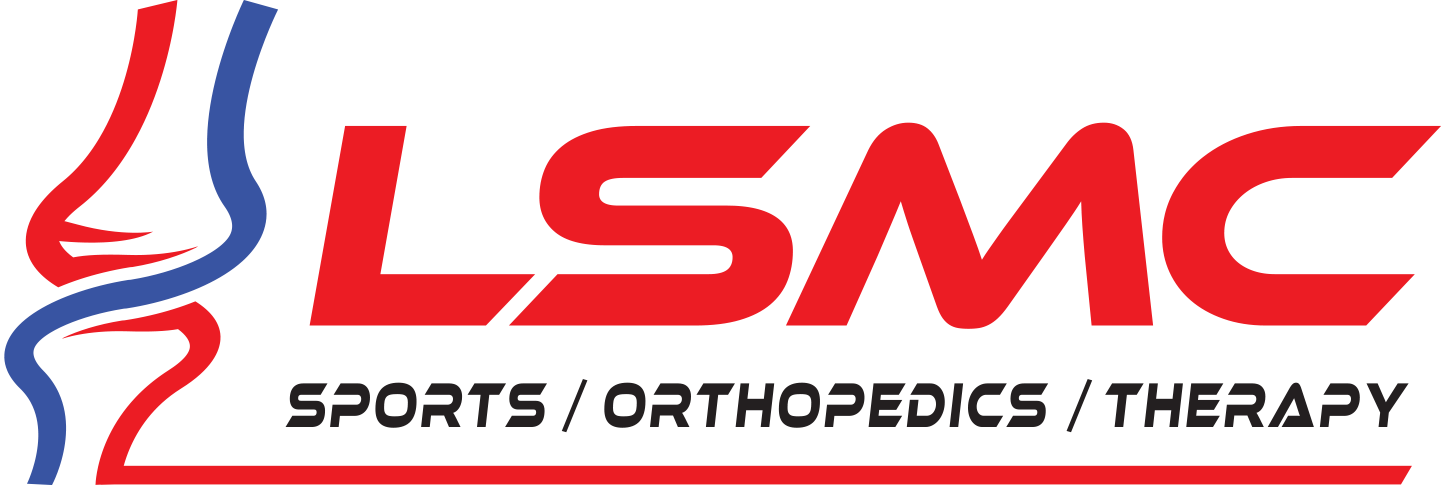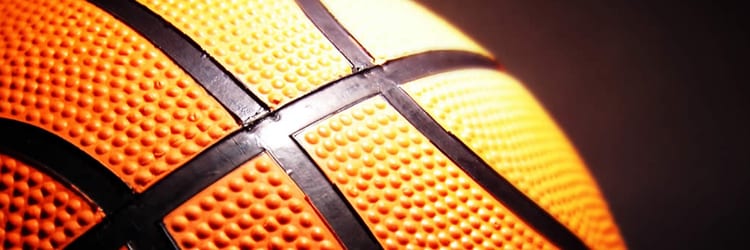With all of basketball’s cutting, jumping, and changing directions, injuries seem inevitable. That doesn’t have to be the case. Over the last thirty years, shoe manufacturers have designed products to protect the feet and ankles. Unfortunately, these layers of foam and padding, combined with athletic tape, often inhibit proprioception, the system of pressure sensors in the joints, muscles, and tendons, which provide the body with information to maintain balance. This isn’t to suggest you should abandon your sweet kicks. But working through the following drills, sometimes even barefoot, can help restore that proprioception and reduce your risk of injuries.
Anterior Knee Pain
Anterior—aka front—knee pain often results from jumping improperly. Athletes tend to be quad-dominant when it comes to running and jumping and this produces knee pain. You want to jump from the hips, firing the glutes. This not only takes stress off the quadriceps, but also produces more power. To activate your glutes, try the mini band exercise shown below. Perform five repetitions, switch legs, and repeat.

Ankle Injuries
No sport produces more ankle injuries than basketball. You can wear high-tops and tape, but in the end that’s just tape and fabric. If you’re going to sprain your ankle, you’re going to sprain your ankle. Athletes who suffer recurring sprains don’t necessarily have weak ankles—they may be very strong—but they lack balance because the proprioceptors have been damaged from the first injury. To rekindle that proprioception, it’s important to do single-leg balance work. Standing on one leg on a foam pad barefoot or in socks is effective. For an added challenge, change your head position or close your eyes—anything to help reactivate your proprioception. Also, try the inverted hamstring stretch. Do 10 reps on one side, then switch legs.

Foot Injuries
Basketball players have gnarly feet. It’s the nature of the game and the shoes; your feet fall victim to bunions, hammer toes, broken toes, and ingrown toenails. Just getting your feet out of shoes and tape and using a massage stick or foam roller on your calf, achilles, and feet can be a huge benefit. Also try trigger point exercises such as the arch roll. Click here for full exercise instructions.

The more uncomfortable it is, the more the muscle needs to be massaged. Hold on sore spots to help release the knots, and roll through different angles to cover the entire arch of your foot. Lower Back Pain Lower back pain often is the result of failing to activate your glutes and relying more on your quadriceps and lower back to move. Instead, we want to move from the hips, which will take pressure off the back and alleviate pain. Try this single-leg glute bridge. Do 10 reps on each foot.
Shin Splints
Shin splints often result from sprinting and jumping. Athletes tend to pronate so much with the foot, jamming into the inside part of the ankle, which irritates the tendon in the inside part of the leg. To address the issue, do exercises that support the arch. Something as simple as picking up marbles with your toes helps strengthen the tiny muscles in the bottom of your foot. You can also try a calf stretch. Do 10 reps on each side.











